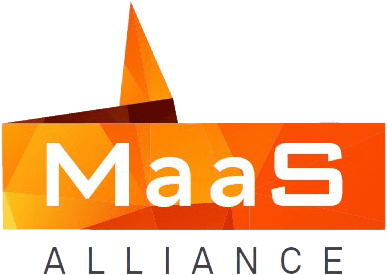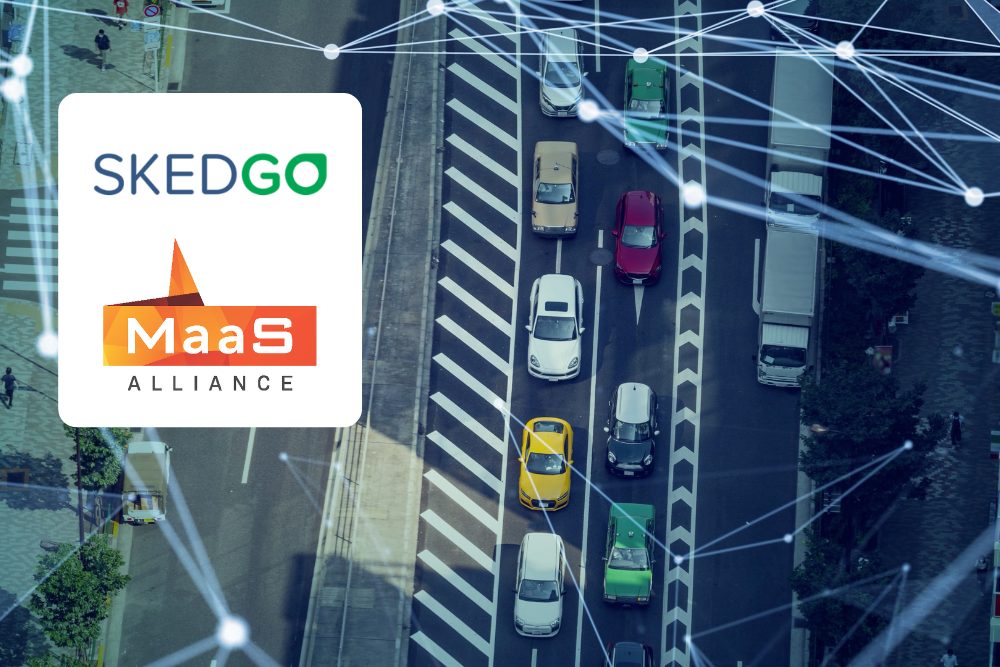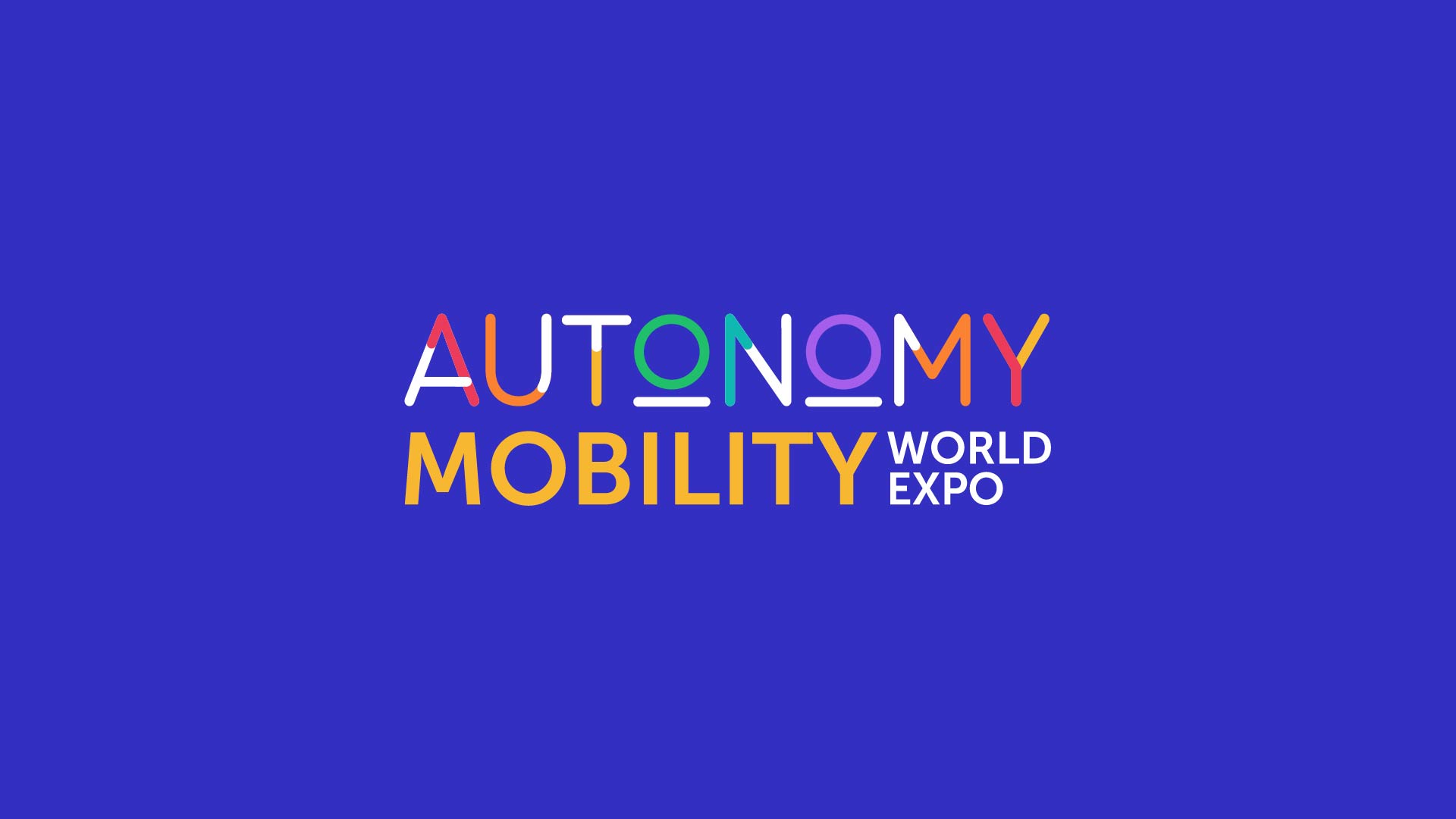Written by MaaS Alliance Senior Manager Piia Karjalainen for TrafficInfraTech Magzine (first published on 12 December 2017)
Changes in the personal mobility market present great opportunities for urban mobility players to attract new customers. Car manufacturers and automotive leasing and rental industries are increasingly positioning themselves as providers of mobility services, e.g. by extending their traditional business with car-sharing services. Combining various transport services, e.g. car sharing, ride-hailing, bike- and scooter-sharing, carpooling and demand-responsive transport (not to forget the high-quality and real-time information about walking and cycling options and conditions) can complement classic fixed-route, timetabled public transport. For transport providers, combined mobility and Mobility as a Service schemes offer new sales channels, access to untapped customer demand, advanced user account and payment management, as well as richer data on travel demand patterns and dynamics.
Connectivity, accessibility and affordability are often cited as the main goals of transport policy, supplemented with the requirements of the minimization of the externalities, like accidents, environmental effects and congestion. Mobility as a Service holds the promise to make delivery of these targets more probable than ever before. Enhanced connectivity and digital information services are creating – for the first time ever – real-life preconditions for seamlessly multi-modal transport systems, where the modal shift can be realized. MaaS aims at integrating public and private modes of transport into convenient offerings and combining services, which have competed in the past. Better access and exchange of data will also simplify trip planning and comparison and improve cost transparency.
The MaaS is expected to grow to a business worth over one trillion euro by 2030. All around the world, MaaS initiatives are planned or starting up and the MaaS Alliance helps these to cooperate through a shared work program engaging service providers, transport operators, public authorities and users in order to create a vital and inter-operable MaaS ecosystem to fulfill high expectations. But how to create a thriving MaaS ecosystem? What are the preconditions for the success of MaaS?
Read the rest of the article on the TrafficInfraTech Magazine website here.



